Extraordinary archaeological discovery off the coast of Israel: at a distance of about 90 kilometers from the coast and at a depth of about 1.8 kilometers on the bottom of the Mediterranean Sea, the cargo of a ship more than 3,300 years old, containing hundreds of intact vessels, has in fact been discovered. The discovery shows for the first time the impressive navigational skills of the ancients, those that made it possible to cross the sea without any visual contact with the shore. The ship’s cargo was discovered during an environmental survey by natural gas company Energian on the seabed and was investigated by the Israel Antiquities Authority. Following the discovery, Energian (which operates the Shark, Tanin and Katlan gas fields in Israel) conducted an operation to extract vessel samples from the ship’s rare cargo, and what was obtained will be on public display this summer at Israel’s National Archaeological Museum.
The ship dates to the 13th-14th centuries B.C., and its cargo has been identified as a core of Canaanite amphorae dating to the Bronze Age. It is, Israeli archaeologists say, the oldest ship in the world discovered in the depths of the sea.
According to Jacob Sharvit, director of the Maritime Archaeology Unit at the Antiquities Authority, “It appears that the ship was wrecked due to a danger encountered during a sea storm, or perhaps an encounter with pirates, a known Bronze Age phenomenon. This is the first and oldest shipwreck so far found in the deep sea of the eastern Mediterranean, at a distance of about 90 km from the coast. It is a world-class sensation: the discovery demonstrates the impressive navigational skills of the ancients, as only the horizon line around can be seen from this distance. Most likely, navigation was carried out using celestial bodies, with the help of calculating the angles of the sun and stars.”
“As part of our ongoing work to discover and produce natural gas in the deep sea, we conduct surveys to examine various environmental parameters, using an advanced underwater robot, which examines the seafloor,” says Karnit Bahartan, head of Energian’s environmental team In one of the surveys conducted about a year ago, we identified what appeared to be a large cluster of urns resting on the surface of the seafloor. We are in regular contact with the Antiquities Authority, and when we sent them photos it turned out to be a sensational discovery, more than any of us could have imagined."
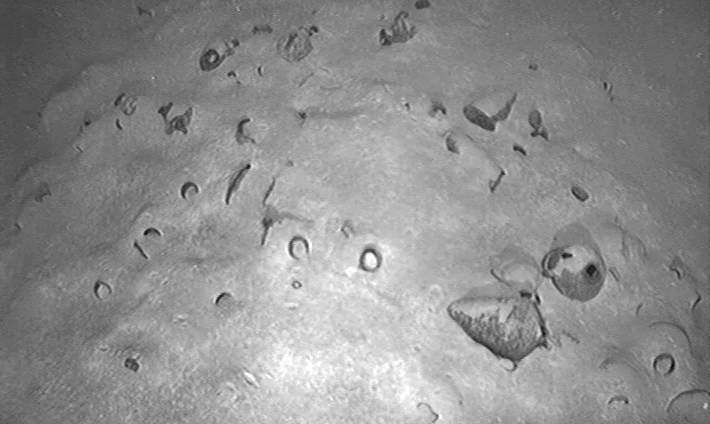
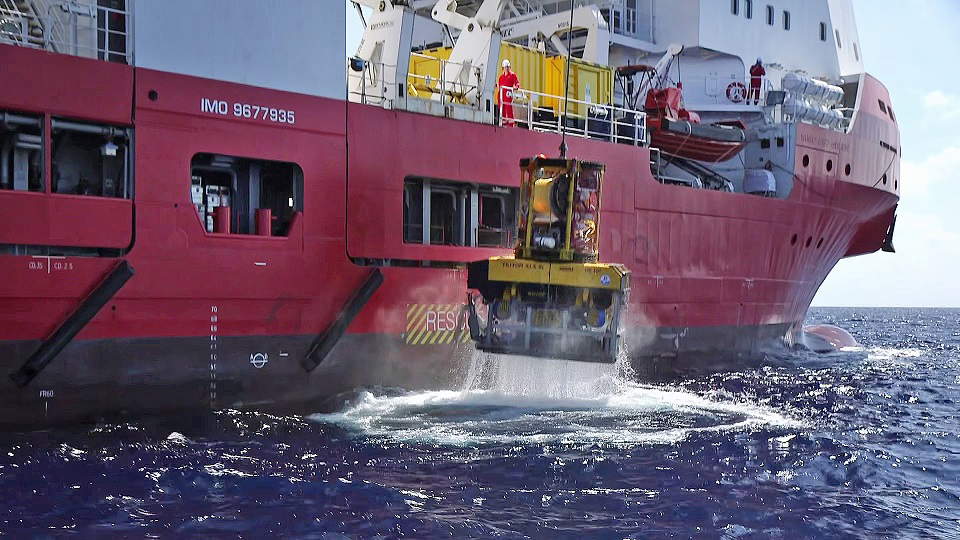
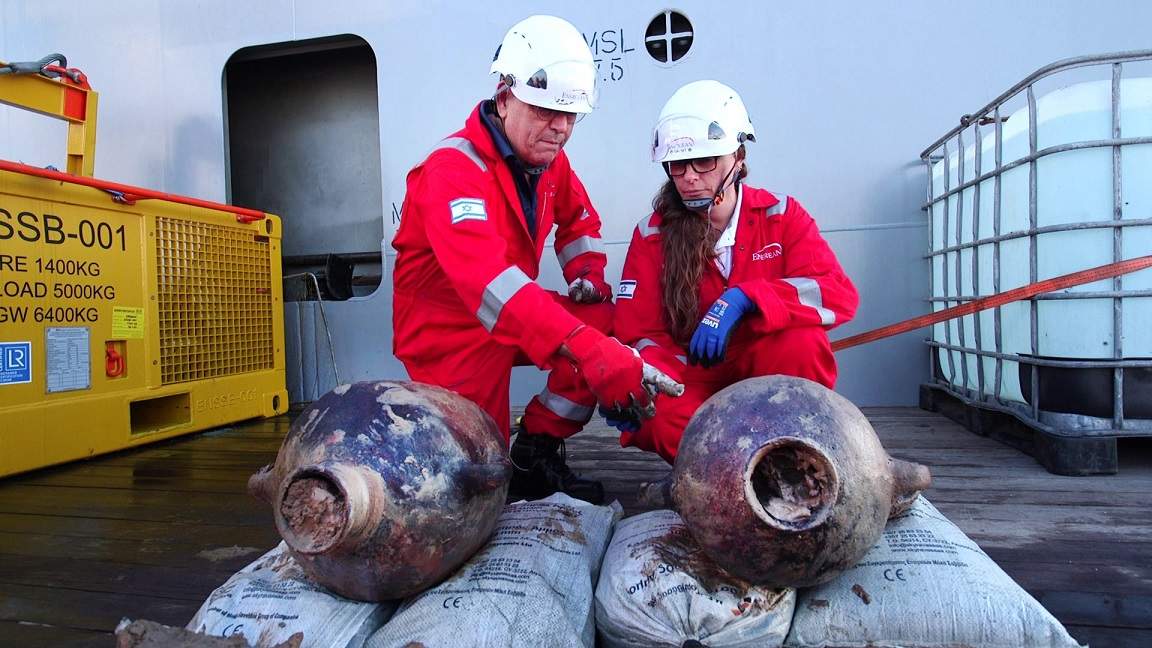
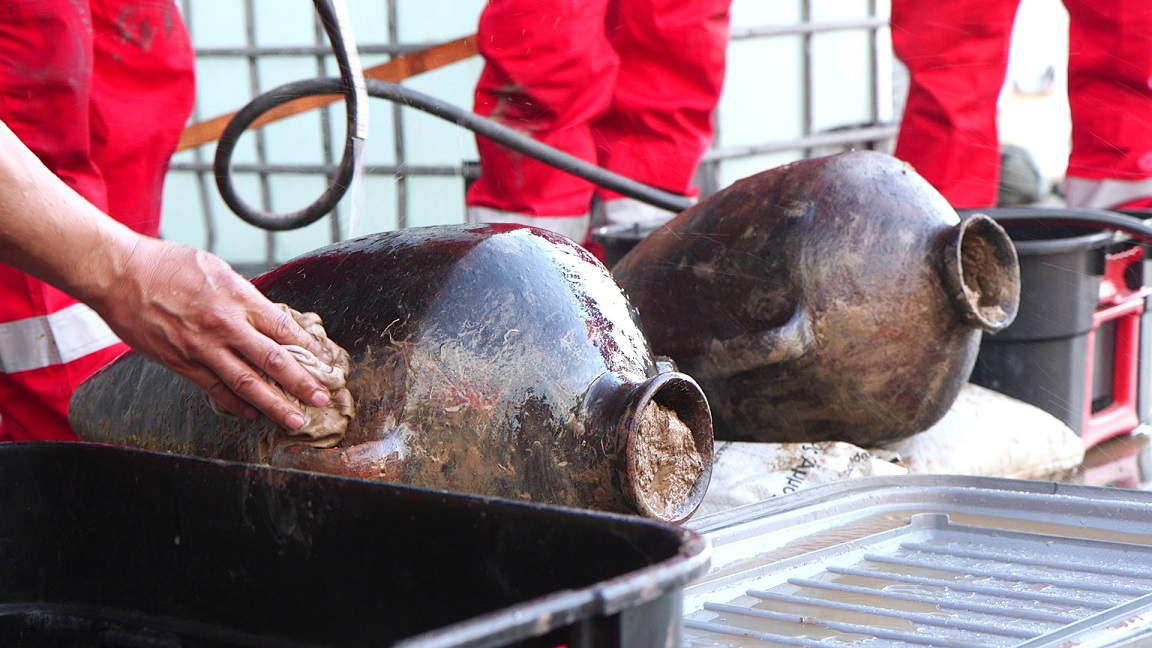
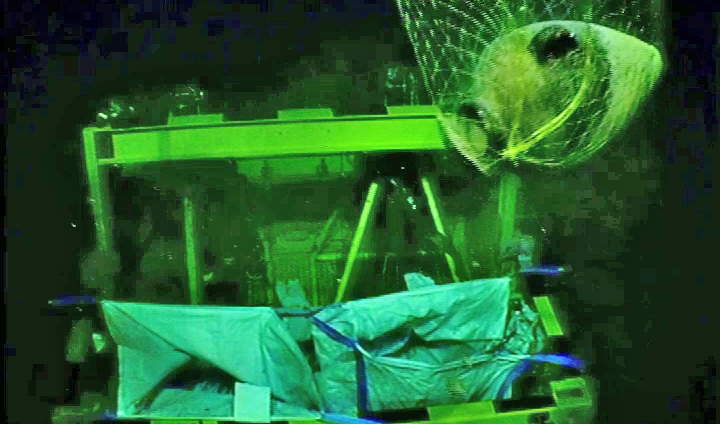
The Antiquities Authority has decided to carry out a site investigation aboard the ship “Energy Star,” equipped with technological means to carry out work at these depths. The company planned a complex and unique work procedure, managed on its behalf by experts for deep-water activities, and even built the tools that would allow the release of the finds in their entirety with minimal risk to the entire complex.
From the site survey and robot mapping, it was clear that this was a wreck about 12-14 m long, carrying hundreds of vessels inside, only some of which were visible on the surface. Some of the amphorae are also buried in the muddy bottom, and parts of the ship’s mast trunk are apparently buried deep below.
“Commercial amphorae such as those identified in the ship’s cargo were used as vessels suitable for transporting cheap goods and large quantities, and usually contained oil, wine and other agricultural products such as fruit,” Sharvit says. “The discovery of such a large quantity of amphorae in a ship’s cargo indicates maritime trade relations in significant quantities from their country of origin, to the countries of the Ancient East, on the shores of the Mediterranean Sea.”
For the archaeologist, “this is a sensational discovery: only two other groups of Bronze Age ships are known in the Middle East: the navet Galdonia and the ship Maulo Boron, both discovered near the coast of Turkey. In both cases, however, the ships were found near the coast, at depths that allow instrumental diving. This led to the widespread assumption that the voyage at that time was made from port to port, so as to allow visual contact with the shore. The newly discovered ship changes the understanding of how sailing was done in the ancient world: it is the first discovery so far at such a great distance that no visual contact with the shore is possible. There is tremendous research potential here: the depth at which the ship was discovered is so great that an ensemble has been preserved here where time stood still at the time of the disaster: a cargo that was not disturbed by human contact (divers, fishermen, etc.) or by wave and current activity as is the case in shallow water.”
According to Eli Escusido, director of the Antiquities Authority, “Given the importance of the discovery, we decided to present the Canaanite vessels recovered from the depths of the sea and tell the public the unique story of the ship as part of the opening of the National Archaeological Museum for this summer. It will be an opportunity to get a glimpse of the unique structure, mosaics and workshops, even before the official opening to the public, scheduled for later. I would like to thank the Energian company for its vigilance in identifying the ancient cargo and for allocating the resources that enabled the first in-depth investigations into the ship’s rare cargo.”
 |
| Extraordinary discovery in Israel: world's oldest ship wrecked in deep water |
Warning: the translation into English of the original Italian article was created using automatic tools. We undertake to review all articles, but we do not guarantee the total absence of inaccuracies in the translation due to the program. You can find the original by clicking on the ITA button. If you find any mistake,please contact us.